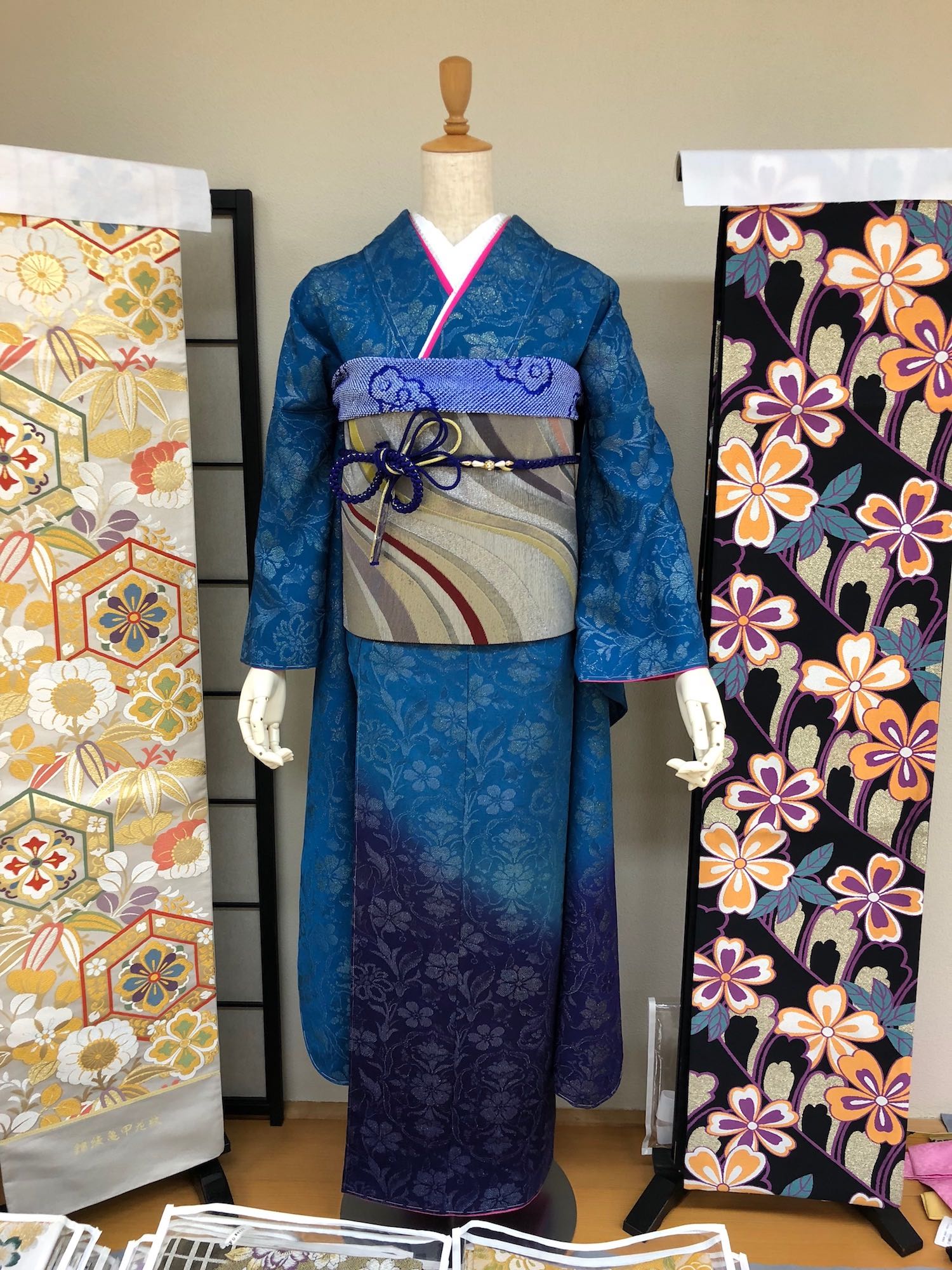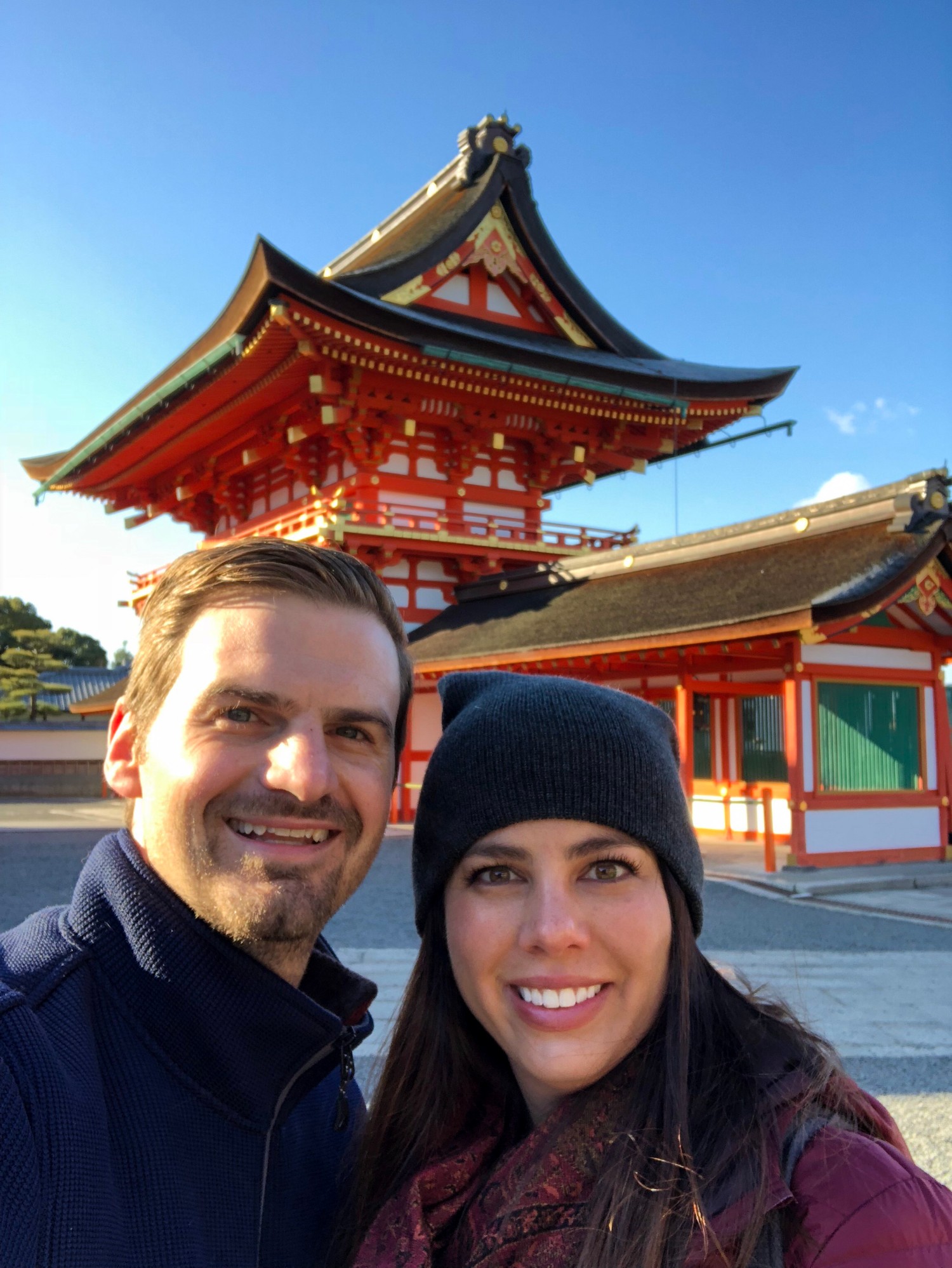6 Reasons to Visit Kyoto Now
Kyoto is the Capital of Japanese culture and our two days there were magical.
Hot Take: A mix of modern and ancient, Kyoto is a must-see part of experiencing Japan (4.0 stars)
Pro Tip: Early mornings in Kyoto are the best time to explore the shrines before all the other tourists wake up.
Still waking up at unholy hours of the morning from our jetlag, we put our energy to good use exploring the sites, shrines, and culture of Kyoto, Japan. With only 2 days to get as much as we can from this cultural highlight of Japan, we wasted no time exploring. It was hard to pick just 6 highlights from the endless supply of temples, shrines, and adorable alleyways filled with geisha, 6 experiences really stood out to get a taste of the Japanese culture.
#1: Arashiyama Bamboo Grove and Iwatayama Monkey Park
The Japanese culture prioritizes harmony and this is on full display in the western part of Kyoto where the Arashiyama Bamboo Forest and Iwatayama Monkey Park are located. While visiting the bamboo groves as not as peaceful as the NatGeo photos that one can see online, they are nonetheless a pleasure to walk through as the bamboo sway in the wind and create a rhythmic singsong melody. The rest of the park is filled with quaint gardens, statues and shrines. A short walk away (followed by a steep hike up to the hilltop) is the Iwatayama Monekey Park, which we were fortunate to see right at the monkeys' lunch time. The monkey keepers come out with buckets of seeds while visitors watch the monkeys scramble and fight for a handful. It is inspirational that where many peoples have simply displaced other primates, the Japanese find a way to protect and preserve them.
#2: Nishiki Market
Food is a window to the soul and the variety and quality on display at the Nishiki Market shows the clean and precise soul of the Japanese. We especially loved seeing the details in the packaging of their sweets. We visited a chocolate store and the bars looked like pieces of artwork that were wrapped in beautiful paper a gift that would appear too beautiful to eat.
#3: Nijō Castle
The last seat of power from the Shogun era of Japan, Nijō Castle demonstrated the manifestation of power for an ancient Japanese culture. The clean lines and simple decoration inside further gives insights into the serious approach the Japanese to to their civil proceedings.
#4: Gion
This classic Japanese neighborhood from before the advent of motorized vehicles transported us to an earlier time in Japanese culture with amazing architecture and gorgeous geishas. The streets are filled with gourmet Japanese restaurants and traditional tea houses. While most of Kyoto has modernized, it's easy to peer into a different era in Japanese history and culture in Gion.
#5 Mimuro Kimono Shop
As Americans, we really had no clue what goes into the creation of a kimono or how one is to be worn - so we felt it necessary while in Japan to get an education. Matt found an excellent shop (Mimuro) that had over four levels of different types of kimonos for both men and women. As soon as we walked in and took of our shoes (as is required in most formal shops), we were eagerly greeted by our hostess who spoke perfect English and had worked in the shop for over 20 years. We explained that we were probably not in the market to buy a kimono as we are traveling for a year and are on a set budget but would love to learn more about them. She eagerly spent the next hour and half walking us through every floor an explaining every aspect of the kimono to us. How one is worn, that married women do not wear colorful kimonos as the main color must be black but can be topped with some color. There are kimonos that are hand woven silk, some that have been hand pained on - but each one was incredibly beautiful and detailed making us feel under-dressed and lazy in our typical American clothing. It is our hope that the tradition of men and women wearing kimonos continues as the artistry is truly a testament to a detailed culture.
#6: Fushimi Inari-taisha Shrine
The Shinto religion recognizes over 800 gods with the rice god being amongst the most revered. The Fushimi Inari-taisha Shrine celebrates the rice god with a dazzling display of orange gates and dates back to 711AD. The rice god Inari is also fittingly the patron of business and every single tori gate has been donated by a Japanese business with the hopes that their future will be blessed and successful. There are over 10,000 of these gates on the main path alone that can take most people over two hours to walk through at a leisurely pace. When a business has achieved its original goal they write the name and date to thank Inari.
Along the path there are plenty of stone statues depicting foxes. The fox is considered a messenger of Inari. These foxes hold symbolic objects, usually a key but a scroll is also common. While the shrine is a very popular and a crowded tourist destination when we arrived early in the morning we were some of the only people there and had a pleasant walk up the path. As we returned, the crowds certaintly started to arrive as you can see from our time lapse video below.























